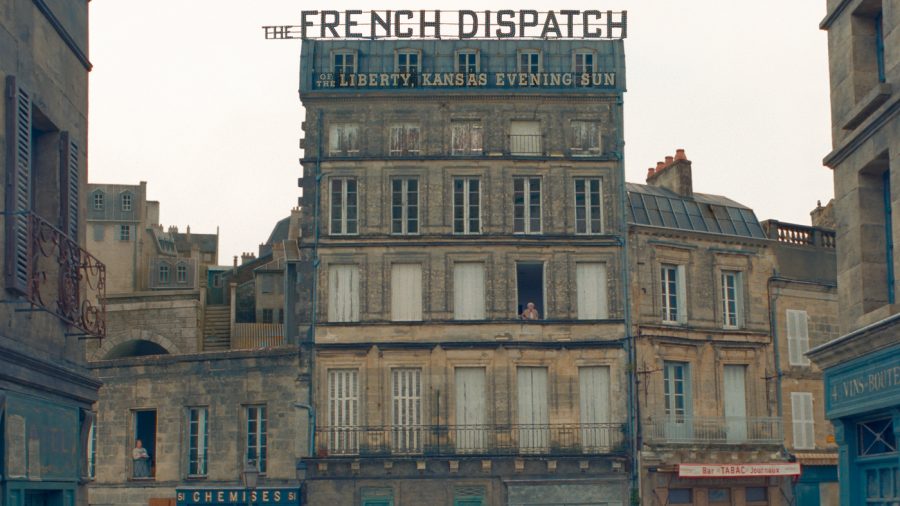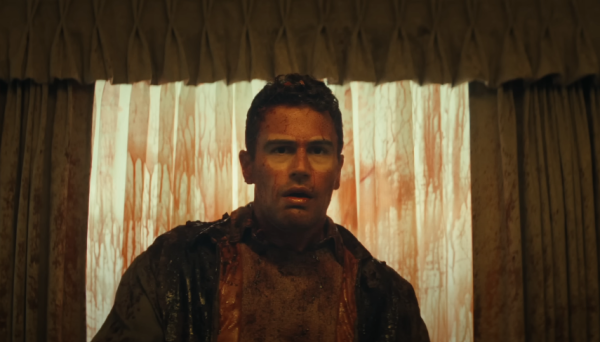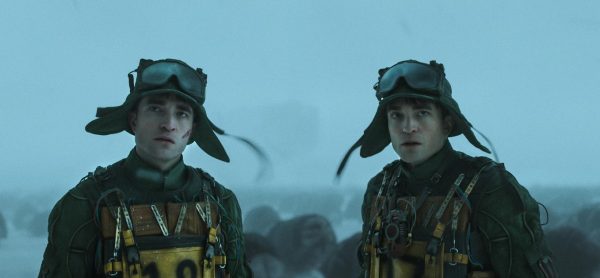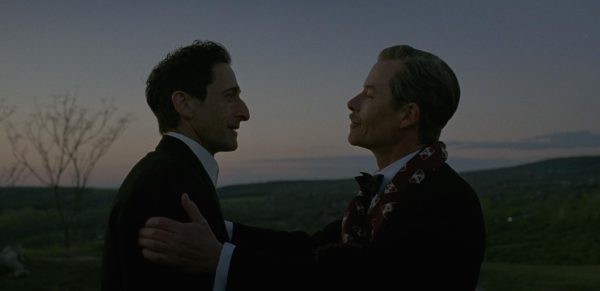Wes Anderson Serves a Four Course Meal with The French Dispatch
Wes Anderson’s The French Dispatch was released on October 22. The film explores the articles in the last issue of an American news magazine. It is a collection of stories strung together.
From a production standpoint, it was incredible to see how Anderson seamlessly wove animation, stage scenes, and film scenes together. His directing is like choreography, with every detail meticulously thought out. He is a bit of an insufferable genius.
The stories were arranged like a four course meal. The first course was the appetizer. The shortest of the stories, Herbsaint Sazerac (Owen Wilson) narrated a biking tour through the strange and unflattering parts of France. Although amusing, Wilson was a bit dry which made it difficult to give in to the suspension of disbelief.
The second course was about an imprisoned artist and his lover. The chemistry and tension between the lovers was extremely believable. This story had humor, sadness, and an off-kilter quality which seemed like the perfect absurdity that Anderson strives for. It was at this time while observing the film that I remembered that Wes Anderson studied philosophy in college and each of these stories hold deeper questions about love, creativity, and morality.
The third course was about a student uprising and a reporter who had fallen for her subject. The whimsical and charming Timothée Chalamet portrayed Zeffirelli, the student leading the rebellion. The tension built through dialogue and action between him and the reporter Lucinda Krementz (Frances McDormant) is made perfect through their comedic timing and the balance of Krementz’s uptight behavior to Zefferelli’s spontanaiety. The story speaks both of how love clouds judgement and how creatives can both inspire and disrupt each other through their insufferable genius.
The fourth course was about food, war, and typographical memory. According to the film, a typographical memory is characterized by remembering every word someone has read or written in their lifetime. As such, Roebuck Wright (Jeffrey Wright) recites his article in a TV interview. This part of the film dragged the most because there was too much exposition, but once he got to the meat of the story, it became entertaining. A child was kidnapped and his father tried to rescue the boy through food delivery. During this story, Show Girl #1 (Saoirse Ronan) sings a sweet lullaby to the young boy who is locked in a closet. Ronan was in the film for about five minutes total, but it was lovely to see her in another film with Chalamet who has previously starred alongside her in Lady Bird and Little Women.
At the close of the film, the writers huddle in a room with the editor’s corpse sprawled out on the desk. They take turns writing his obituary and then begin reciting the start of the film which allows the story to complete a full circle.
The animation in the film is done in the style of New Yorker covers. It is very beautiful. Much of the film discusses how art inspires art. A monologue from the revolutionary story is turned into a stage play scene by the reporter. The set design in the stage-play scene is particularly remarkable. I audibly gasped when the background moved. The majority of the film is presented through a square block with writing on either side.
For creatives, a Wes Anderson movie will jumpstart your broken abilities back to a place of inspiration and action. Overall, I really enjoyed The French Dispatch and look forward to watching it again soon.
4/5 stars.






